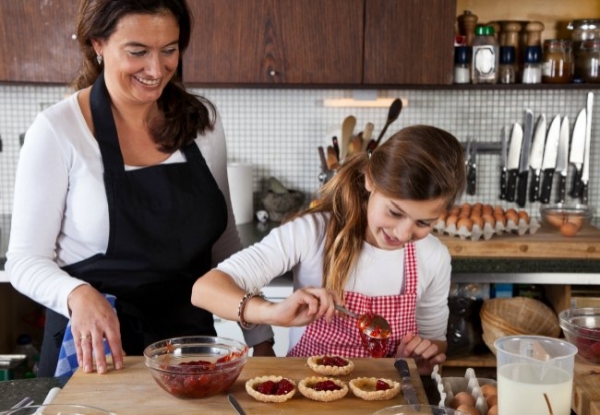Rhythms of Joy
(Rhythms Part 1)by Rebecca Eanes
Rhythms are like the heartbeats of our days; the pulses that give our homes life. In this new series, we will focus on creating rhythms that fulfill our children’s emotional needs as well as our own, rhythms that bring peace and happiness to the home environments that create.
##ad##
I think of rhythms as routines but with more love, warmth, purpose, and connection added in. Where routines may be dry and mundane and just another thing to check off our list before day’s end, rhythms give us life purpose, contentment, joy, and closeness. Rhythms weave together the fabric of our days, our seasons, and ultimately our lives. By intentionally creating our daily rhythms, we take control of our days and breathe life and love into home, our family members, and ourselves.
##adbig##
Today’s focus: Rhythms of joy. These are rhythms created to care for emotional needs, including self-care for you and the kind of care that fills your child’s emotional cup as well. Knowing your own love language and each child’s love language is a good place to start when developing rhythms of joy. We all children receive love through each language, but for each child, there is one particular that has the loudest voice. This personal love language fills their tank the fastest. Let’s begin with an overview of the love languages from The 5 Love Languages of Children by authors Gary Chapman and Ross Campbell.
Physical Touch – Physical affection is an easy way to show our love. Most people are receptive to this language, and for some, it speaks the loudest.
Words of Affirmation – Everyone blossoms with words of encouragement and positive guidance. These kind words nurture a child’s sense of worth and feelings of security as well as our own. For some, this is how they receive love the best. Be aware that criticism and a harsh tone of voice or negative body language are particularly hard on those whose primary love language is words of affirmation.
Quality Time – Spending time with our loved ones when we are intently focused on them, pushing aside our agendas and distractions, is a beautiful gift. Quality time says “You are important to me. I like spending time with you.”
Gifts – Most people like gifts, but for the person whose love language is gifts, it’s not about just collecting objects. The gift is a symbol of the thought behind it. It says, “I was thinking of you.” The cost is not important.
Acts of Service – Love is a verb. Love shows action. This isn’t about being waited on or waiting on your child hand and foot, but the little acts of service you do communicate “You mean so much to me. I want to help you. I want to make your day.” This motivates children to do acts of service for others and models that love is doing.












